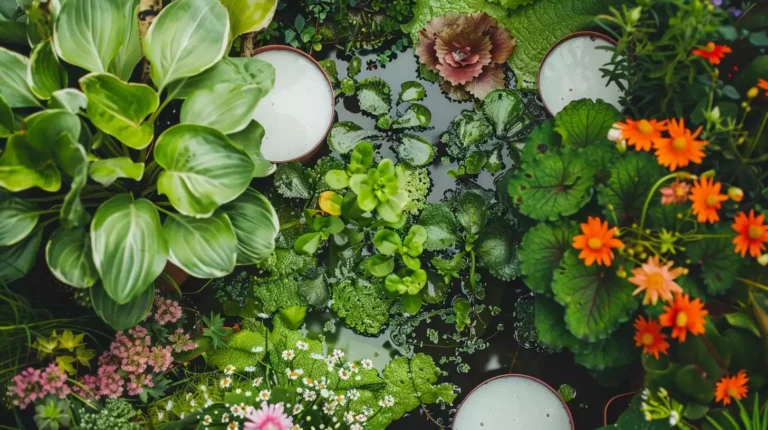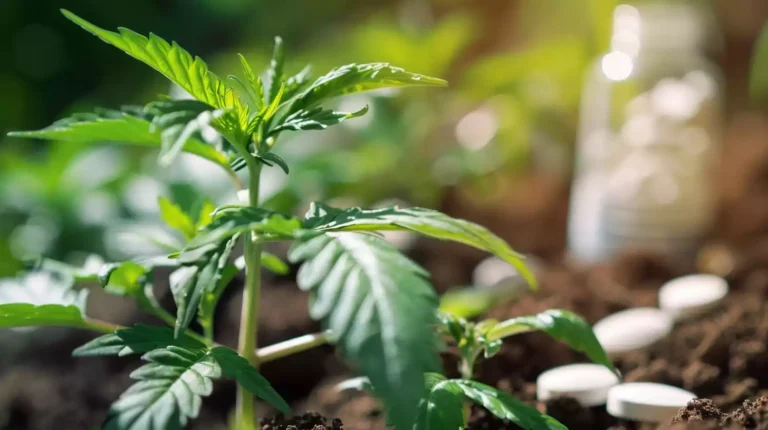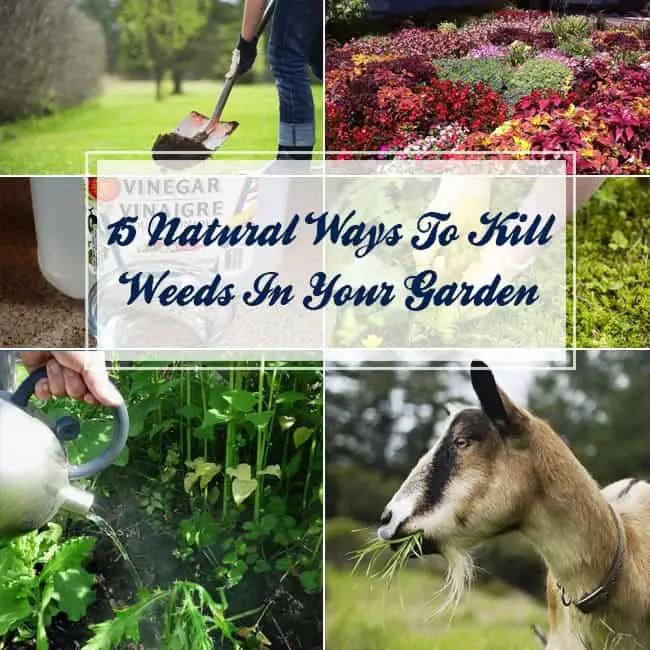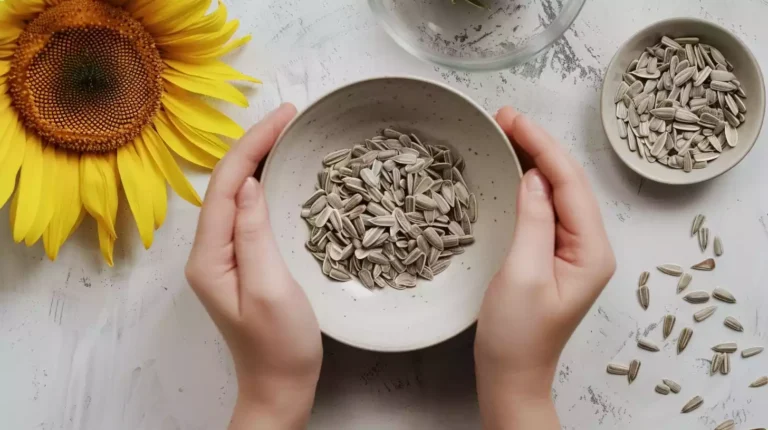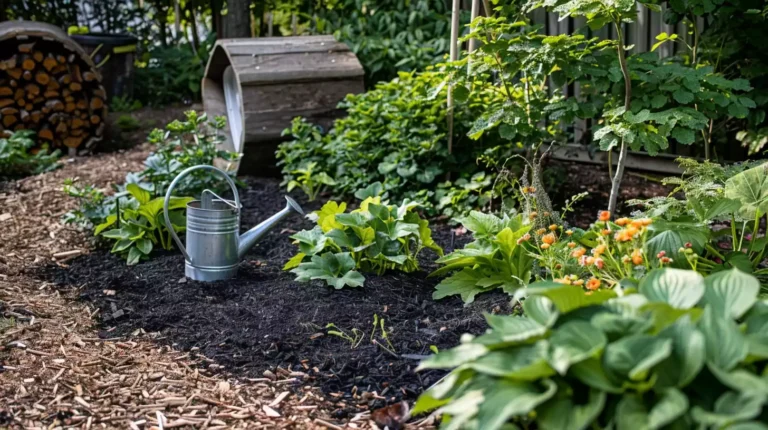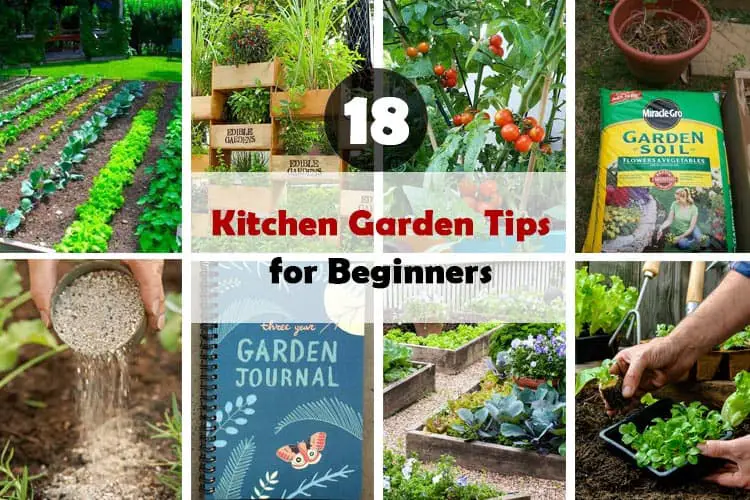7 Best Crops to Grow In A Survival Garden
In the realm of survival gardening, let’s focus on the seven best crops for sustenance and resilience.
A wise gardener selects crops that nourish and thrive in challenging conditions. These crops ensure self-sufficiency in times of need.
Continue Reading to Understand These Key Points:
- Beans and corn offer high protein, fiber, and essential carbohydrates for sustenance.
- Squash and cabbage provide rich nutrients, calories, and vitamins for a survival garden.
- Corn and potatoes ensure long-term storage, sustained energy, and easy cultivation in various settings.
- Squash and kale offer nutrient density, continuous harvests, and versatile usage for survival needs.
Beans
In a survival garden, beans are vital for their high protein and fiber content, ease of cultivation, and soil-enhancing properties. Varieties like bush beans, pole beans, and dry beans fix nitrogen in the soil, improving garden health and fertility.
Beans such as black beans, kidney beans, pinto beans, and green beans offer diverse flavors and textures, making them versatile ingredients. They can be dried and stored long-term, ensuring a reliable food source during tough times.
Corn
Corn stands out as a nutrient-rich staple crop, packed with essential carbohydrates crucial for survival scenarios.
Its versatility in cooking methods makes it a valuable addition to any survival garden, offering various ways to prepare and consume it.
With the ability to be dried and stored for long periods, corn ensures a reliable source of sustenance during emergencies.
Nutrient-Rich Staple
Corn is a vital carbohydrate-rich staple crop in a survival garden, providing essential calories for energy. Its high carbohydrate content makes it a nutrient-rich grain, perfect for long-term sustenance.
Easy to grow with minimal maintenance requirements, corn adapts well to various environments for a sustainable harvest. Whether consumed fresh, dried, or processed into forms like cornmeal or canned corn, it offers versatility in meal preparation.
The ability to preserve corn in different ways ensures a consistent food supply in a survival garden.
Versatile for Cooking
With its wide range of culinary uses, corn is a versatile ingredient in dishes like cornbread, soups, and salads. Different types of corn, such as sweet corn, popcorn, and flint corn, offer culinary diversity.
Corn is a rich source of fiber, vitamins, and minerals, making it a valuable addition to a balanced diet. Grinding corn into cornmeal allows for baking or frying applications.
In survival scenarios, corn’s high carbohydrate content provides essential energy and calories for sustenance. Whether consumed fresh or processed into forms like corn flour, corn’s versatility in cooking makes it a key ingredient in any survival garden.
Squash
Squash plants are a valuable addition to survival gardens due to their high production and nutritional value. Winter squash varieties like butternut, acorn, and spaghetti squash are rich in calories and store well.
They provide continuous harvests, ensuring a reliable food source rich in vitamins A and C.
Squash seeds are nutritious and can be roasted for a tasty snack. Growing squash vertically is a space-saving solution that reduces pest issues, making it ideal for survival gardens.
Cabbage
Cabbage, a resilient and nutrient-rich vegetable, is a valuable addition to any survival garden. It’s a cold-hardy crop, able to withstand frost and cold temperatures, ensuring a reliable harvest even in harsh conditions.
This versatile vegetable isn’t only nutrient-rich, containing essential vitamins like C and K, but it’s also high in fiber, promoting a healthy diet. Cabbage can be consumed in various forms, including raw in salads, as sauerkraut after fermentation, or cooked in different dishes, adding diversity to your meals.
Its exceptional storage capability makes it an ideal choice for a survival garden, providing a long-lasting supply of fresh produce. Additionally, cabbage is easy to grow, requiring minimal maintenance while offering a continuous yield.
With its frost-resistant nature and the option to preserve it as sauerkraut for extended use, cabbage stands out as a reliable and nutritious addition to any survival garden.
Potatoes
Potatoes, a staple crop rich in essential nutrients like potassium, vitamin C, and vitamin B6, are an excellent choice for a survival garden due to their versatility and sustained energy benefits. These starchy superfoods are easy to grow in urban settings, making them a practical addition to your food supply in challenging times.
Whether mashed, roasted, or boiled, potatoes offer a versatile ingredient for various dishes, providing a reliable source of sustained energy. Sweet potatoes, a variant of regular potatoes, bring different nutritional advantages to the table.
Properly storing potatoes is crucial for extending their shelf life and ensuring they remain a valuable resource in your survival garden. By understanding the best methods for storing these tubers, you can maintain a consistent food source for yourself.
In a survival scenario, the ability to grow and store potatoes effectively can significantly contribute to your overall food security and well-being.
Kale
Kale, a cold-tolerant leafy green rich in nutrients, is an essential addition to a survival garden. It thrives in cool climates, becoming sweeter after frost and allowing for year-round cultivation.
Key points about incorporating kale into your survival garden include:
- Variety: Curly, dinosaur and red Russian kale offer different flavors and textures.
- Nutrition: Kale is a superfood packed with vitamins A, C, and K, as well as essential minerals like calcium and iron.
- Harvest: By picking outer leaves, kale plants can be continuously harvested for a steady supply of fresh greens.
- Versatility: Kale can be used in soups, salads, smoothies, and stir-fries to boost nutritional content.
- Sustainability: With its adaptability to various seasons and climates, kale is a dependable source of daily calories in a survival garden.
Sweet Potatoes
One of the most nutritionally dense and versatile crops for a survival garden is the sweet potato, prized for its rich vitamins, minerals, and high fiber content. As root vegetables, sweet potatoes are calorie-dense and offer essential nutrients for survival situations.
They’re easy to grow, especially in warm climates, providing a reliable source of calories. The edible leaves of sweet potatoes also add extra nutrition and food options.
Despite their longer maturity period compared to regular potatoes, sweet potatoes are a valuable addition to any survival garden due to their cooking versatility. Whether roasted, mashed, or used in soups and stews, sweet potatoes are a practical choice.
Their high yield and storability make them ideal for ensuring food security in challenging circumstances. With the ability to thrive in diverse conditions and provide crucial nutrients, sweet potatoes are an excellent option for a sustainable and nourishing survival garden.
Final Thoughts
Cultivating a survival garden with crops like potatoes, kale, and sweet potatoes is crucial for long-term sustainability and nutrition.
Remember, variety is key, and diversity in your garden will ensure a well-rounded and abundant harvest.
So, get your hands dirty, dig in, and witness your survival garden thrive like never before.

